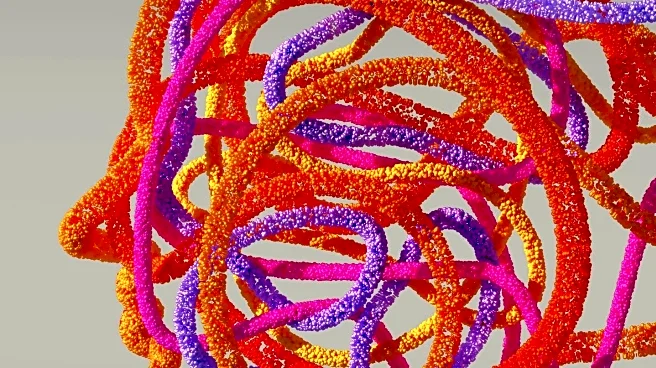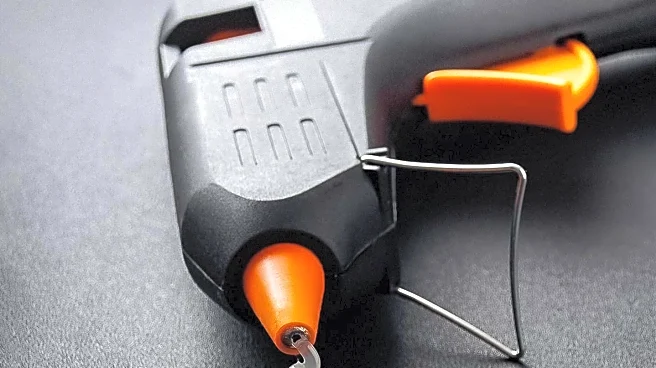What's Happening?
A recent study has identified safe time thresholds for temporary artery occlusion (TAO) during ACOM aneurysm surgery, highlighting its effectiveness in reducing intraoperative aneurysm rupture. The research, conducted on 162 patients, found that the maximum
safe duration for a single TAO is 12.5 minutes, with a cumulative safe time between 11 and 20 minutes. The study emphasizes the importance of TAO in preventing aneurysm rupture, noting that unilateral TAO is effective in lowering rupture rates. The findings suggest that the surgical approach side and A1 artery dominance are less critical in preventing postoperative ischemia, with the right-sided approach being predominant.
Why It's Important?
The identification of safe TAO durations is crucial for improving surgical outcomes in ACOM aneurysm procedures. By reducing the risk of intraoperative rupture, TAO can prevent complications such as cerebral vasospasm and delayed cerebral ischemia, which can lead to permanent deficits or death. The study's findings provide valuable guidelines for neurosurgeons, helping them optimize surgical strategies and enhance patient safety. As TAO becomes a more standardized practice, it may lead to better long-term neurological outcomes for patients undergoing aneurysm surgery.
What's Next?
Further research is needed to explore the potential of intraoperative monitoring techniques, such as thermal diffusion microprobes, to assess regional cerebral blood flow during TAO. These tools could provide real-time data on blood flow changes, helping surgeons refine TAO durations and minimize ischemic risks. Additionally, prospective trials incorporating intraoperative monitoring with somatosensory and motor evoked potentials could validate the study's findings and establish more precise TAO guidelines. As the field advances, neurosurgeons may adopt more personalized approaches to aneurysm surgery, considering individual patient factors and aneurysm characteristics.
Beyond the Headlines
The study's retrospective nature highlights the need for prospective trials to differentiate between TAO-induced and clip-induced ischemia. The lack of routine intraoperative monitoring suggests that future research should focus on integrating advanced monitoring techniques to improve surgical precision. Additionally, the ethical considerations of TAO, such as patient consent and the potential for adverse outcomes, must be addressed. As surgical practices evolve, neurosurgeons and healthcare institutions must ensure that patient safety and ethical standards remain at the forefront of aneurysm treatment strategies.













